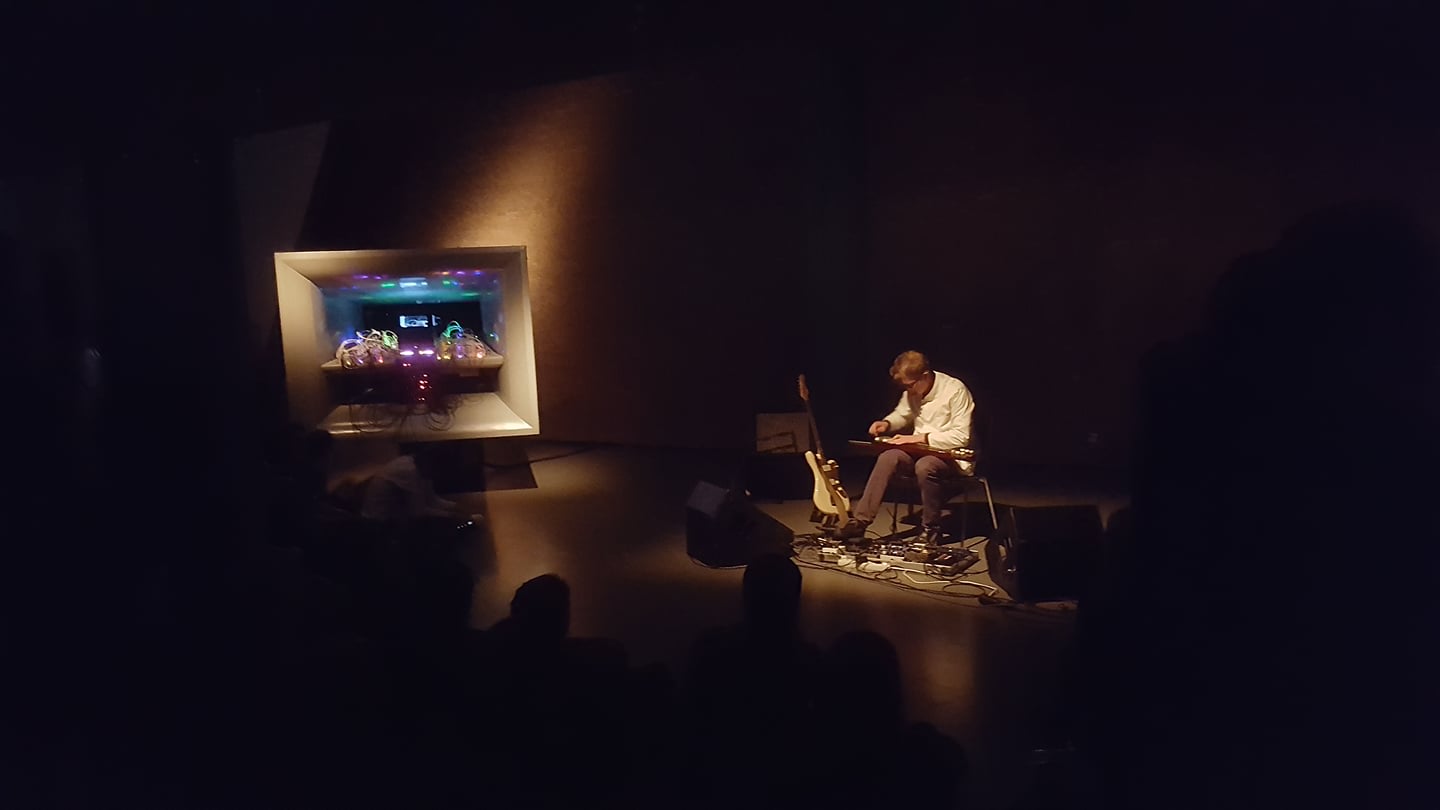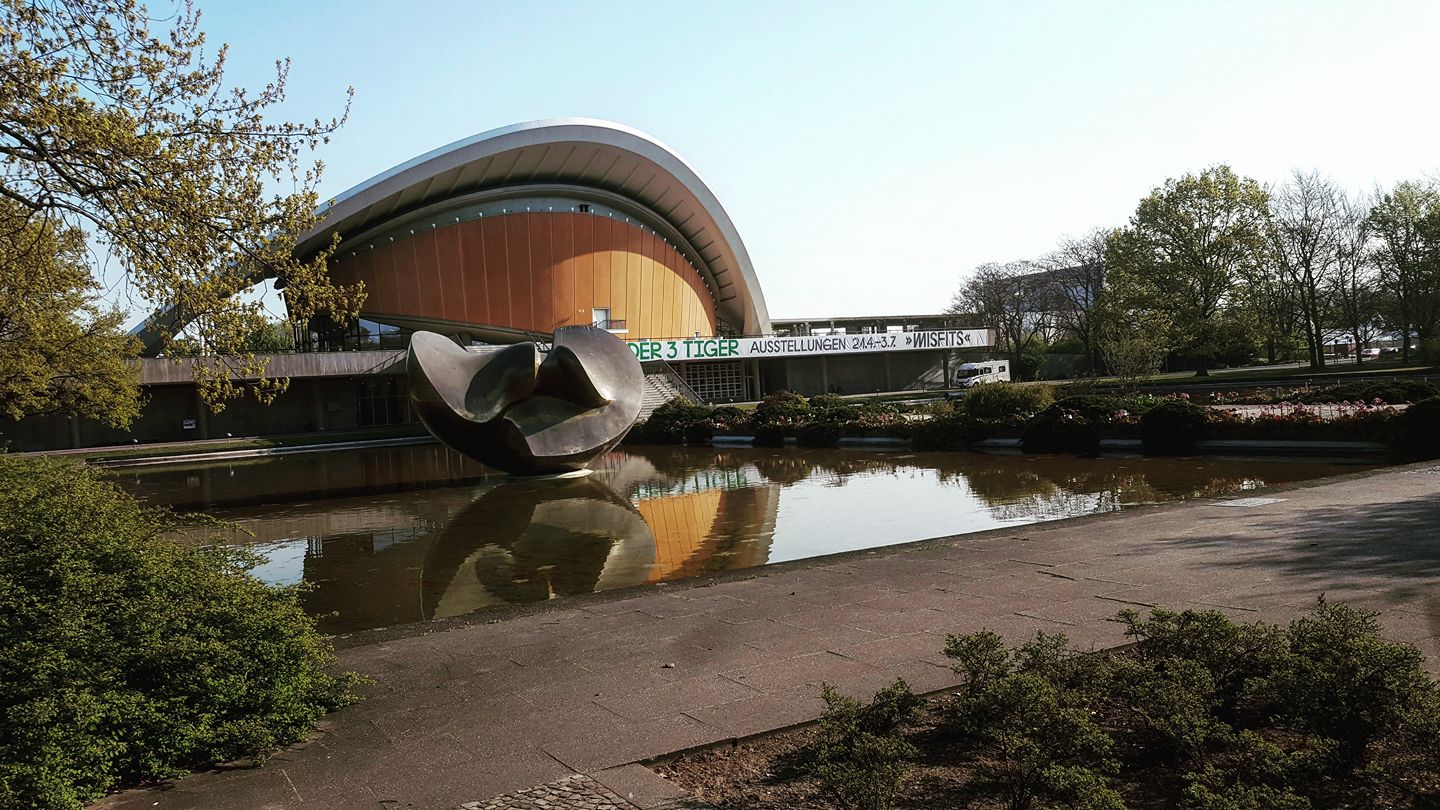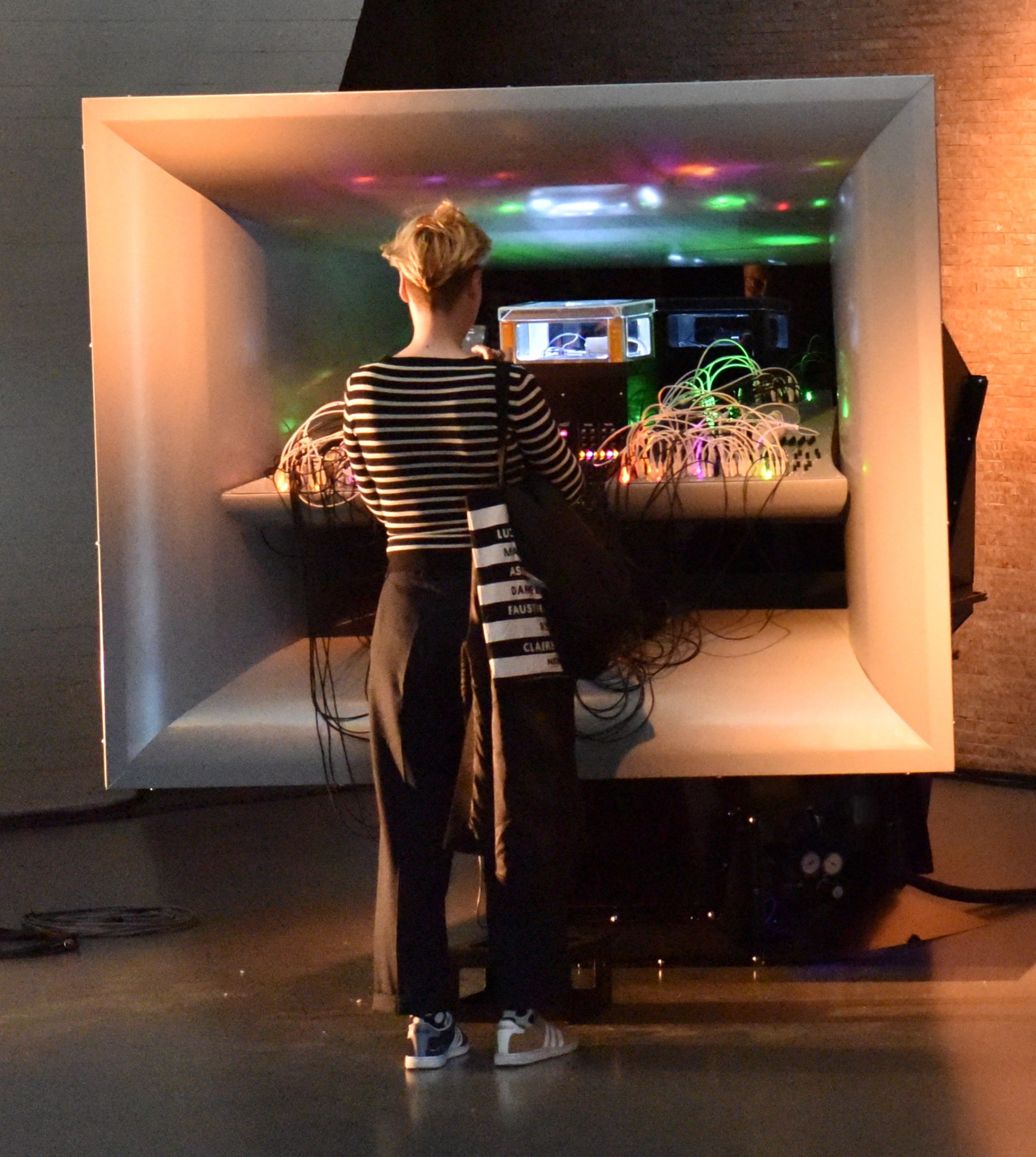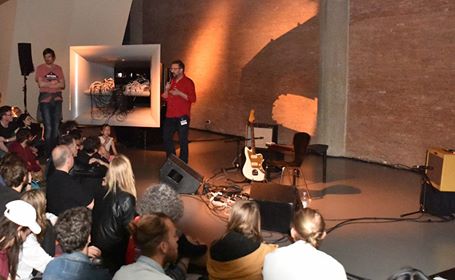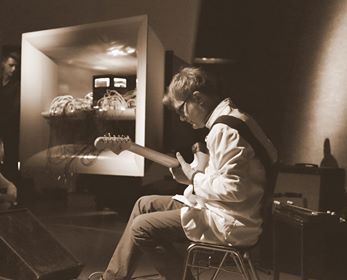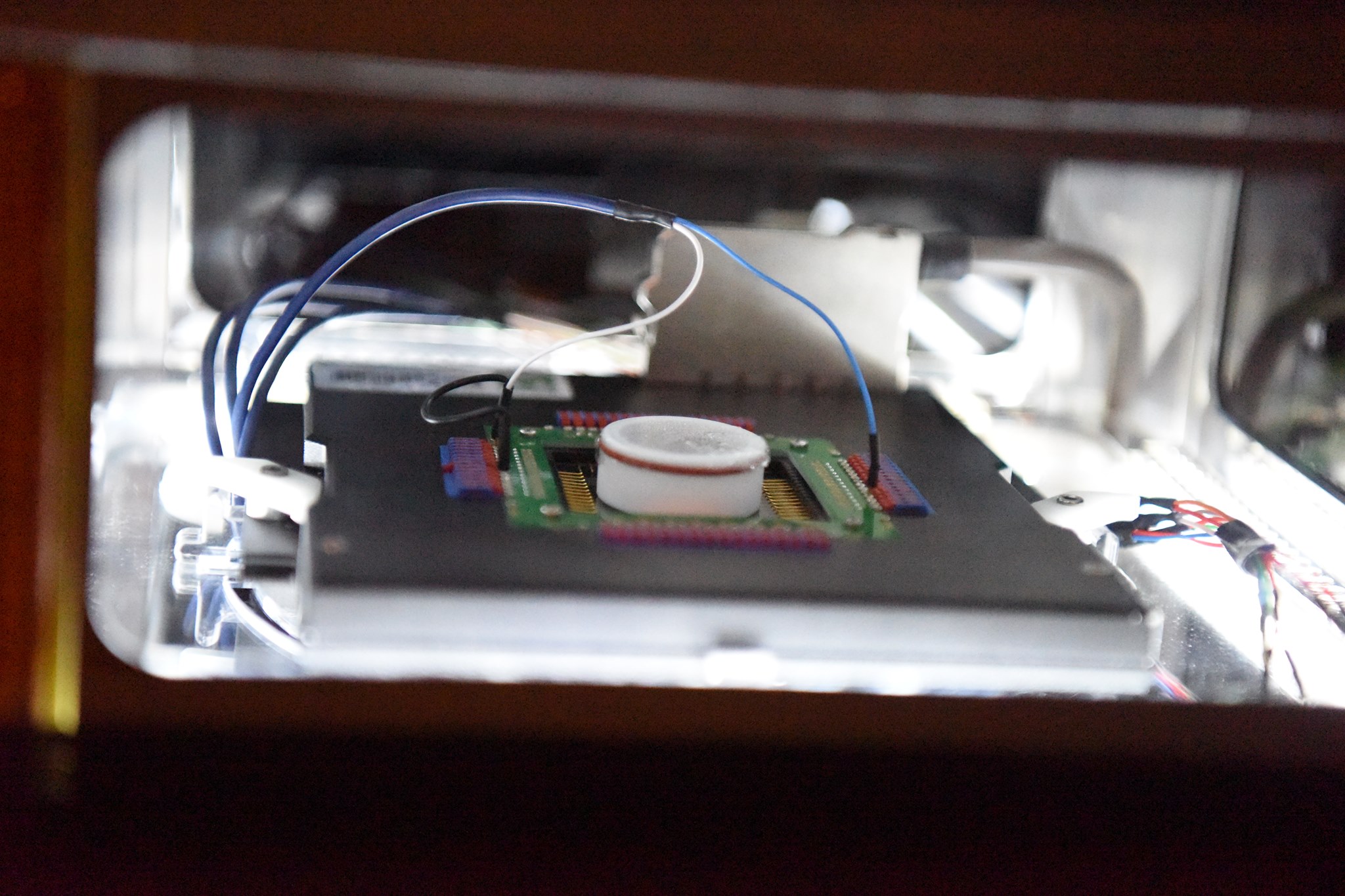@ Technosphärenklänge #3 2017
cellF performed as part of the Technosphärenklänge #3 concert series.
The third edition of the Technosphärenklänge series, produced by the HKW in collaboration with CTM Festival, presented musical projects operating at the border of art and science. Three projects – cellF , water droplets levitated and shaped by sound waves; and the interconnection of spatial sound and high-energy lasers. The three works made current notions of materiality tangible and fundamentally helped re-think the relationship between nature, technology and human consciousness.
cellF performed 2 performances:
On the 12th of May cellF performed with Schneider TM playing guitars and electronics.
On the 13th of May cellF performed with Stine Janvin on vocals and electronics.
Audio
cellF plays with Schneider TM
cellF plays with Stine Janvin

Performance Images

Performers
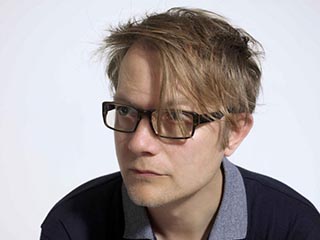
Schneider TM is a multidimensional music project of Dirk Dresselhaus, named after his nickname Schneider, which oscillates extensively between adventurous electronic pop-music and experimental, sometimes improvised freeform music, while occasionally bringing these and other opposing elements together. Since the late 80’s, Dirk has been active in different musical fields. From 1989 until 1997 he played and sang in rock and pop bands like Hip Young Things and Locust Fudge (both on Glitterhouse Records) before he became more active in electronic music around 1996. Schneider TM is responsible for a couple of experimental electro-freak-pop albums (released on City Slang / Mute) including underground-hits like ‘Reality Check’, ‘Frogtoise’ and a cover version of “There Is a Light That Never Goes Out” by The Smiths called ‘The Light 3000’, a collaboration with Kptmichigan that was acclaimed by John Peel and listed as one of the best cover versions ever recorded by The Wire magazine.[1] Schneider TM has been credited as one of the main inventors of a music genre called Indietronic or Indietronica.
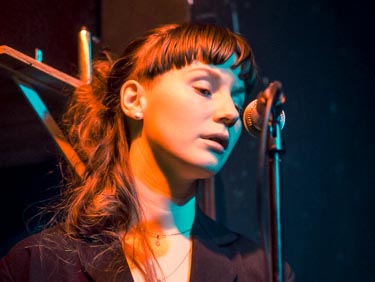
Stavanger-born, Berlin-based vocalist Stine Janvin Motland works with experimental music, sound and audiovisual performance. Through a diverse range of projects and collaborations (In Labour, The Subjective Frequency Transducer, Native Instrument, Stine II), she explores and challenges the physical features of the voice, the acoustics of her external/internal surroundings and new performance strategies.
With a special interest in the ambiguous and unrecognizable qualities of the voice, Motland’s recent work is focused on imitation and abstract storytelling through sound collages referring to a variety of genres and traditions of electronic music, sound poetry, club and folk music.
Support

